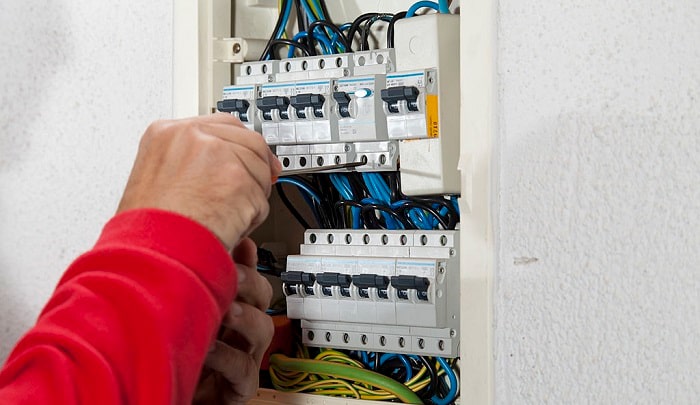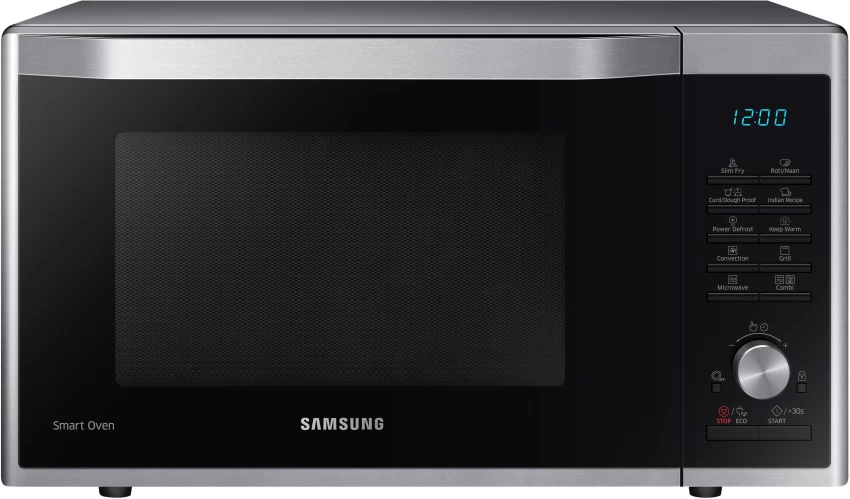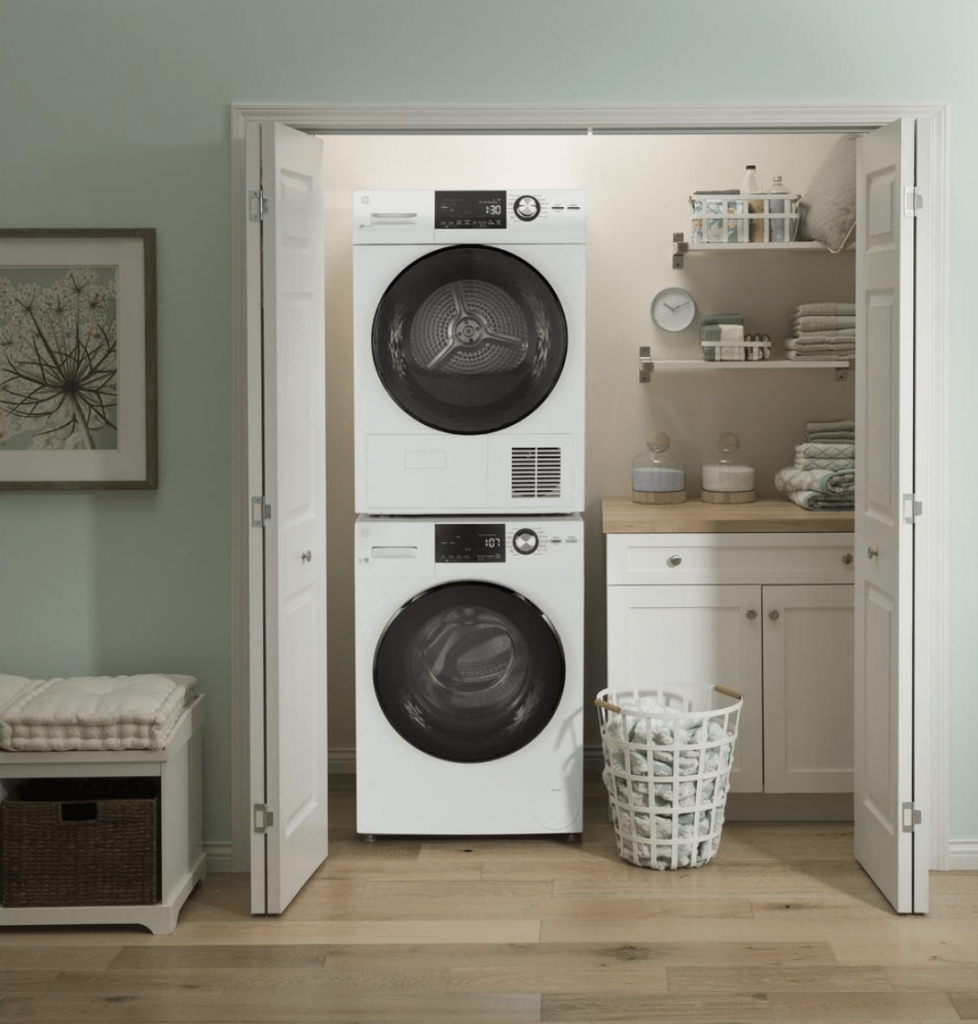Have you ever considered looking at the usage of electricity in your home? Or have you ever thought of checking how many amps does a typical house uses? Well, I guess you are also among several people who are unaware of this fact.
Amperage is typically a measurement of the volume of electric flow through wires. Usually, a 50 amp breaker wiring diagram will let you know the complete mechanism of its working. However, the measurement varies according to the housing or the appliances used in the house.
If you have not calculated how many amps your home uses, then we will give you a gist of how you can discover it on your own.
What is Amps?

Before you understand the complexity of its mechanism, you should first understand what an amp actually is. Think of electricity as a flowing river of charged particles. An ampere, often abbreviated as “amp,” measures the rate at which those charged particles, known as electrons, flow through a conductor like a wire. In simpler terms, it’s like counting how many water molecules rush past a certain point in the river every second.
Where are Amps Measured?

Picture your house’s electrical system as a grand central station. At the heart of this station is a superhero called the main breaker. The main breaker is like a guardian that watches over the flow of electricity into your home. It’s usually located in your electrical panel and is marked with a number – something like 100, 150, or even 200. This number represents the maximum amount of electricity, measured in amps, that your home’s electrical system can handle without throwing a tantrum (or, more accurately, without tripping the breaker).
List of Appliances that Contribute to The Amp Measurement
Now you have a basic understanding of the Amperage and the main breaker. Thus, you can now have a look at all the appliances and gadgets in your house that contribute to this Amps measurement.
1. Light Fixtures

Turn on the lights, and you’re inviting a party of electrons to groove through your light bulbs. A single LED bulb might only draw around 0.1 to 0.5 amps, while an old-school incandescent bulb could gobble up about 1 to 1.5 amps. So, if you have a room with ten LED bulbs, you’re looking at just 1 to 5 amps.
2. Refrigerator

The trusty fridge is a heavyweight when it comes to energy consumption. It usually takes about 2 to 4 amps to keep your food chilly. That might not sound like much, but it’s running day and night, adding up to around 48 to 96 amp-hours daily.
3. Air Conditioning

When summer’s heat turns up, the air conditioning unit swoops in to save the day. Central air conditioning systems can chew through a hefty 15 to 50 amps, depending on their size. That’s a significant chunk of your electrical capacity right there.
4. Microwave

When you’re heating those leftovers, your microwave is drawing around 10 to 12 amps. But don’t worry, and this spike is usually short-lived.
5. Washing Machine and Dryer

Doing the laundry takes its toll on the amp meter, too. A washing machine might use around 10 to 15 amps, while a dryer can gobble up a more substantial 20 to 30 amps.
6. Electronics and Gadgets

Think about all the gadgets you have plugged in – your TV, computer, phone chargers, and more. Individually, they might not use much power, but collectively, they can add up to a few amps.
7. Oven and Stove

Cooking up a storm? Your electric oven might use 20 to 50 amps, while each burner on your electric stove could use around 5 to 10 amps.
Can the Main Breaker Handle All Electric Heat?
Now that you know that these electric appliances exhibit so much heat. So, a normal question arrives: “Can the main breaker handle all this electric flow”?
The good news is that modern homes are designed with a fair bit of amperage headroom. A typical house usually has a main breaker rated at 100 to 200 amps. This means that your home can handle quite a bit of simultaneous electrical action without breaking a sweat – or tripping the breaker, in this case.
However, it’s important to note that this capacity is not limitless. If you overload your circuits by running too many power-hungry devices simultaneously, the main breaker will step in to protect your electrical system. It will reduce the electricity flow, preventing potential hazards like overheating wires and electrical fires.
Tips to Amp Save in Your Home
To make the most of your home’s electrical capacity and keep everything running smoothly, here are a few tips:
- Be mindful of which devices are running at the same time. Avoid a scenario where multiple high-amperage devices simultaneously run on the same circuit.
- If you find yourself frequently tripping breakers, it might be a sign that you’re stretching your electrical system to its limits. Consider upgrading your main breaker or adding new circuits to distribute the load better.
- Opt for energy-efficient appliances and LED lighting. They consume fewer amps, saving you money on your electricity bill.
- Gadgets and chargers left plugged in continue to draw a small amount of power, known as “phantom” or “standby” power. Unplug them when not in use to save a bit of energy.
- If you’re unsure about your home’s electrical capacity or want to make upgrades, it’s always a good idea to consult a licensed electrician. They can provide tailored advice based on your specific situation.
Conclusion
Typically, 70-100 amps are used in-house on average. Every home has so much flow of electricity this is because your home has various appliances and devices. While the amperage of individual devices might seem modest, they can add up quickly.
Thankfully, modern homes have main breakers that can handle a significant load, ensuring your home runs smoothly and safely. By understanding the amperage of different devices and practicing some electrical etiquette, you can navigate the world of amps without any shocking surprises. We have also mentioned some tips to save the amps.
So make sure to follow all the tips properly, and you are good to go.

